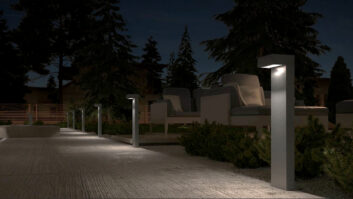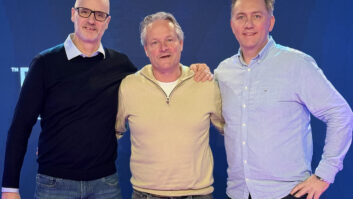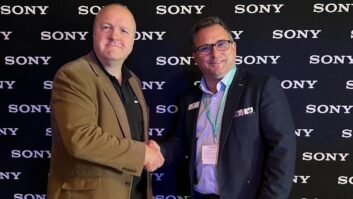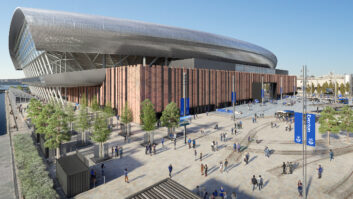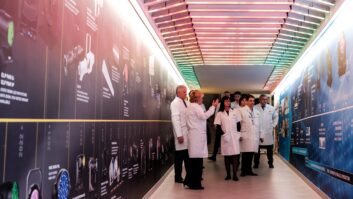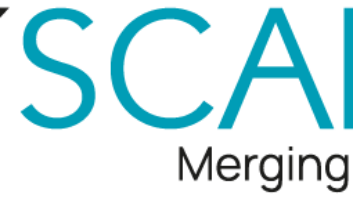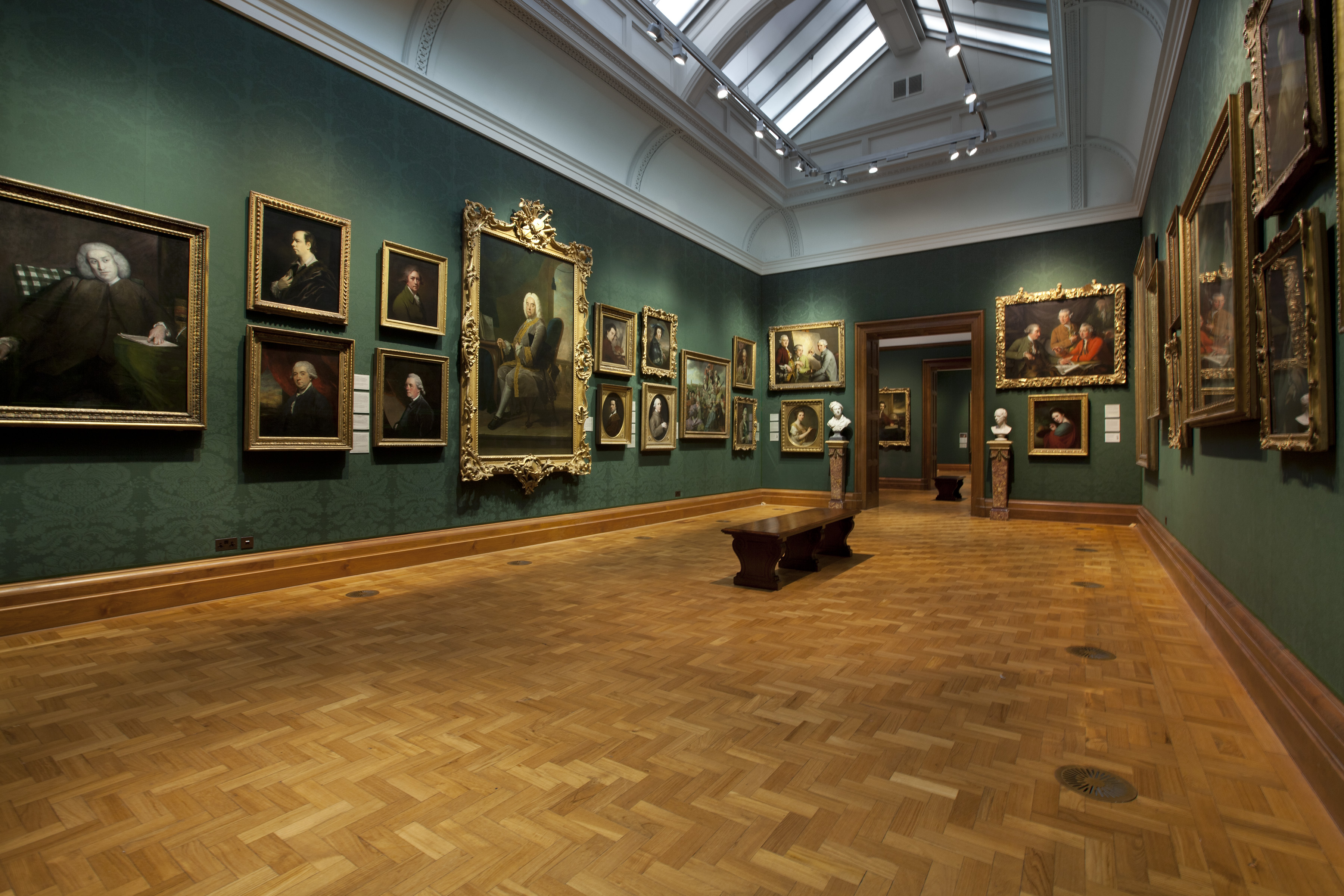
The National Portrait Gallery has been overhauling its lighting system over the past six years, fitting LEDs and a range of Helvar lighting control products to one floor of the gallery, with work set to commence on an additional floor.
The gallery is home to the world’s largest collection of portraits from the Middle Ages to the present day and welcomes two million visitors each year. This presented an additional challenge as the refurbishment work was conducted while the gallery stayed open.
The previous system used four circuit track lighting fittings, which were becoming brittle and needed replacing but were increasingly difficult to source.
Lighting control was upgraded for the new system with Helvar the products of choice having been specified for previous projects. Bespoke light fittings had to be created due to the gallery’s decorative ceiling, which could not be altered. Helvar HES 98020 Ballast Controller modules were installed to switch three circuit tracks. LED loads were installed, the first gallery in the world to trial such technology. Robust Marine Dimmers (HES 92020, HES 92220 and HES98020) were also installed, capable of controlling loads rated up to 20A (with fan assistance).
The entire floor has now been converted to LED lighting, with approximately 450 lights installed. In addition, the new solution limits the amount of heat created, which reduces the gallery’s cooling bill. Previously, approximately 60% of the lamps’ energy consumption was output as heat.
The refurbishment will see Helvar’s 920 router installed and fully integrated into a bespoke building management system (BMS), with dimming also controlled by Helvar. This router replaces the previous Helvar 900, providing the backbone to the new system.
Behind the scenes 200 dimmer units have been installed at various locations around the gallery, with some operating in challenging environments, such as the boiler room. Lighting is now individually controllable with Helvar’s trailing edge dimming technology. Automatic time schedules are programmed into the router for seamless operation. As LED technology evolved, the use of the HES 92220 (trailing Edge) dimmer was utilised to dim directly through the control system.
“Thanks to Helvar, we were the first gallery to light historic works with LED lighting,” said National Portrait Gallery chief engineer, Allan Tyrrell, who oversaw the project undertaken by the in-house team. “In Room 13, we wanted to have a like-for-like replacement of the lighting, so for the original 100W tungsten halogen light fittings, we exchanged them for a 13W LED.”
Room 14 was used to trial Helvar’s colour rendering capabilities, specifically the light’s ability to accurately reveal reds in the paintings. “There was so much more detail than what had been visible previously, so a lot of previous worries about the colour rendering disappeared,” said Allan. “In all of the time we have had the LEDs in place, we have had no complaints regarding the lighting from the public. The CRI is about the same, about 92, but a large benefit is when you dim them; the colour doesn’t change. If you dim the tungsten halogen bulbs there is a considerable change in colour.”
One of the primary benefits of the LED system is reduced maintenance. “A tungsten halogen lamp might last 500-600 hours, whereas LEDs can last 50,000 hours. The difference is huge, these things are incredibly reliable.”
A further advantage of the switch to LED lighting is the fact that the bulbs give off almost no UV, limiting damage to artwork. “It’s about showing off the paintings in the best way possible, and ensuring they are preserved,” added Allan.
The custom BMS is able to carefully monitor the brightness of natural light coming through the windows, and track the sun’s position, allowing up to 150 lux of natural light into rooms with windows. Helvar’s 942 Input Unit is used to interface with the BMS system and accompanied with complex programming logic, opens and closes the blinds and dims up and down the lights according to the amount of natural daylight being received by a third party light sensor. Volt free contacts (of the 942) are triggered via the BMS scheduling sequence, and as a result, extended Gallery opening hours for special events are accounted for. The same unit is also used to trigger cascading scenes activated by third party switch modules within the Control Room. This programming functionality allows ‘Load Shedding’ and prevents ‘nuisance’ Circuit breaker tripping.
